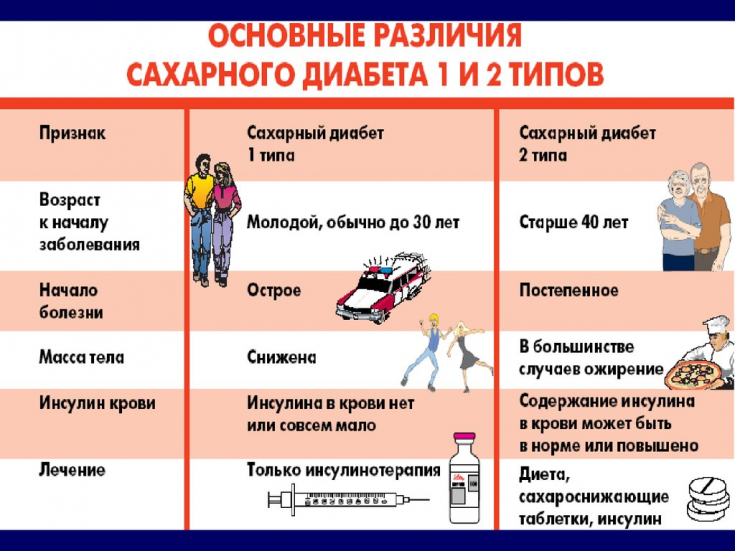Blood sugar — one of the most important diagnostic criteria, which indicates a number of health problems. And when the results of the analysis exceed the norm (3.3-5.5 millimoles/liter, if the blood was donated on an empty stomach), we are talking about disturbance of carbohydrate metabolism, metabolic problems or pre-diabetic state.
If you think that the only way to restore normal blood sugar levels is through medication, there is good news for you. This can be achieved without recourse to drugs, but using methods and accessible to everyone.
5 ways to restore normal blood sugar levels
WHO (World Health Organization) has made recommendations for anyone who needs to restore and / or maintain normal blood glucose levels. These five methods are quite simple, but very effective when applied in comprehensively.
1. "Intuitive" power mode
The term "intuitiveness" here implies the ability to listen to your body rather than a sixth sense. Both the classic three meals a day and fractional meals (frequent meals in small portions) can be equally harmful or beneficial. It all depends on the needs of your body. Analyze your condition. If you feel sleepy after eating — portions are too big. Reduce the single "dose" but add one more meal per day. If after breakfast or lunch you an hour later you feel the desire to have a bite, and after 1.5-2 hours irritability — either your diet is not high enough in calories, or the portions are too small.<

2. Sufficient physical activity
Muscles — one of the main consumers of glucose. With sufficient physical activity, excess glucose is actively consumed, and the balance of hormones responsible for the metabolism of carbohydrates is brought back to normal. accordingly, the body's need for carbohydrates increases. This leads to & nbsp; a sharp increase in appetite, an irresistible desire to eat something sweet (as a rule, products from the category of & nbsp; fast carbohydrates & nbsp; & mdash; chocolate, sweet bars and other not & nbsp; very healthy sweets).
The first signs of diabetes: when to go to doctor
3. Full sleepUnder stress, the body's need for glucose increases dramatically and there is a so-called "adrenaline fatigue", which disrupts the metabolism of carbohydrates. This condition manifests itself as an increased need for fast carbohydrates, and a feeling of cheerfulness, which is present only for 20-30 minutes after you have eaten a candy or cake. After that, fatigue and a feeling of complete lack of energy again pile up.
It is almost impossible to avoid stress in the realities of the modern world. But its effect on the body can be significantly reduced by providing yourself with at least 7 hours night sleep.

Read also:
Nutritional principles and diabetes food list One of the reasons that a person is more prone to stress and suffers from lack of rest — use of CNS stimulants. This "terrible" the term actually includes not only antidepressants or antipsychotics, but and usual to many caffeine, alcohol and nicotine. These substances spur the nervous system, forcing it to work for wear. As a result, an extremely important safety mechanism is disabled — a feeling of fatigue that makes us rest and recuperate. With regular use of stimulants, the resources of the body are depleted, and one of the repercussions is metabolic disorders —

5. Foods with low glycemic index
Foods with a low glycemic index provide an even and gradual release of glucose. This reduces the need for carbohydrates, but increases productivity. Your performance stays on the same level for a long time, instead of sharply increasing and decreasing as it happens when eating fast carbohydrates (sweets, ice cream,
sweet pastries).Maintaining normal sugar levels: important information
The effectiveness of the above methods has been proven in the course of many years of research and observation of people who are at risk for the development of diabetes mellitus. In addition, this complex of prevention has a positive effect on overall health. But such methods can be used as as an independent direction only if if the elevated sugar level — the result of an unhealthy lifestyle or temporary metabolic disorders caused, for example, by hormonal imbalances.Follow us on Telegram

Read also:
Signs of diabetes in children: how to recognize and what to do






Add a comment